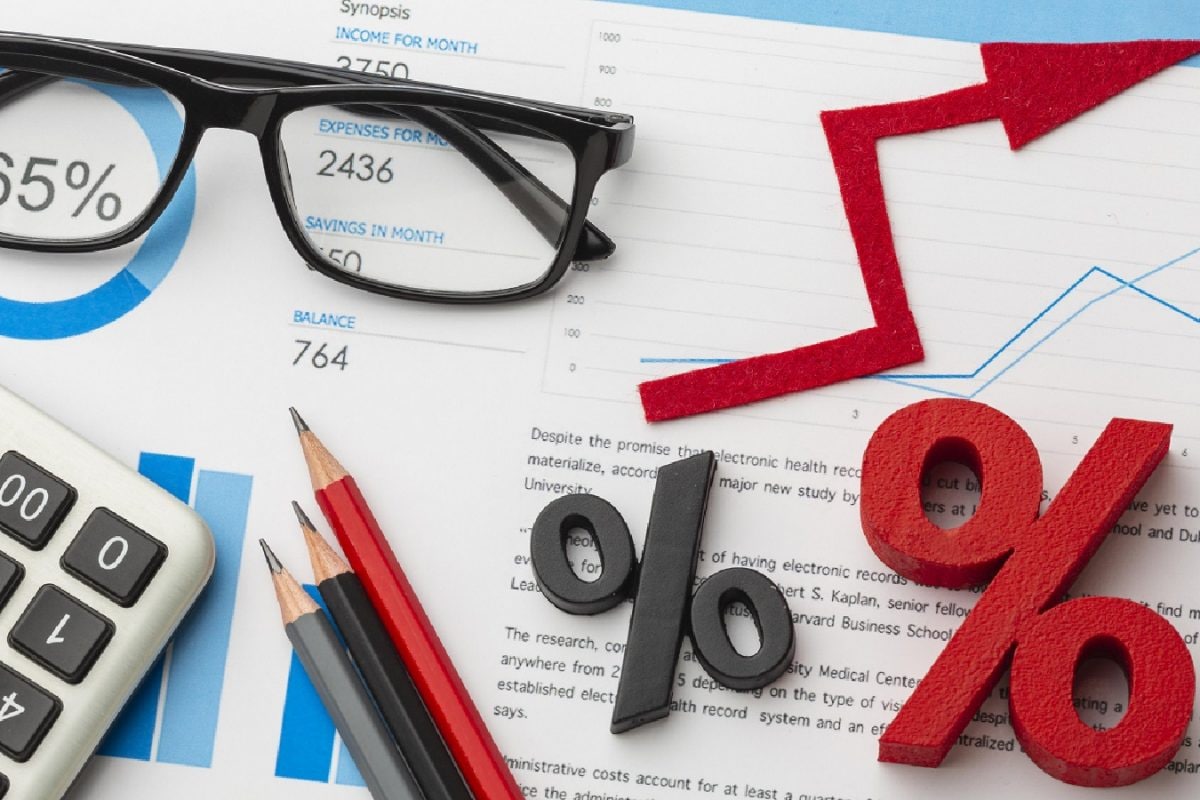

As the Reserve Bank of India's (RBI) Monetary Policy Committee (MPC) convenes this week, the question on everyone's mind is whether the central bank will opt for a 25 bps or a more aggressive 50 bps cut in the repo rate. The MPC's decision, expected on June 6, 2025, will be crucial in shaping the economic trajectory amidst easing inflation and global uncertainties.
The consensus among most economists points towards a 25 basis points reduction. This expectation is largely driven by the fact that consumer price inflation (CPI) has remained below the RBI's 4% target for the past three months, providing the central bank with room to maneuver. A Business Standard poll indicated that nine out of ten respondents anticipate a 25 bps cut, bringing the repo rate down to 5.75%.
However, there are voices suggesting a bolder move. State Bank of India, for instance, expects a 50 bps cut. This perspective likely stems from a desire to provide a stronger impetus to economic growth, which has shown signs of slowing down. India's GDP growth is estimated to have dipped to a four-year low of 6.5% in FY 2024-25.
The RBI has already reduced the repo rate by a cumulative 50 bps in 2025, with 25 bps cuts in February and April. These reductions have prompted many banks to lower their lending rates. The MPC also shifted its policy stance from 'neutral' to 'accommodative' in April, signaling a willingness to support growth.
Several factors support the case for further monetary easing. Retail inflation in April 2025 eased to 3.16%, the lowest year-on-year print since July 2019. Furthermore, domestic bond yields have declined to multi-year lows, aided by the previous rate cuts and liquidity-enhancing measures.
Experts believe that a 25 bps rate cut would provide the necessary support to key sectors. Pradeep Aggarwal, Founder and Chairman of Signature Global, anticipates that it will boost housing demand. Madan Sabnavis, Chief Economist at Bank of Baroda, expects the RBI to provide detailed insights into global factors affecting the Indian economy, especially considering the expiration of US tariff relief in July.
Aditi Nayar, Chief Economist at ICRA, predicts continued monetary easing throughout the year, with CPI inflation expected to remain below 4% for most of the fiscal year. She anticipates a 25 bps cut this week, followed by two more cuts in subsequent policy reviews, bringing the repo rate down to 5.25% by the end of the cycle.
The RBI's annual report reiterated its commitment to managing liquidity operations in line with the prevailing monetary policy stance, ensuring sufficient liquidity for the productive sectors of the economy. The central bank aims to maintain CPI-based retail inflation at 4% with a flexibility band of plus or minus 2%.
While a 25 bps cut seems the more likely scenario, the MPC will also need to consider potential risks. Manish Singhal, Secretary General of Assocham, cautioned that the Indian Rupee could come under depreciation pressure if global interest rates remain elevated. He emphasized the importance of strategic patience over aggressive easing, given the current environment of steady growth and manageable inflation.
Ultimately, the RBI's decision will depend on a careful balancing act between supporting economic growth and maintaining price stability, while also considering the evolving global economic landscape.